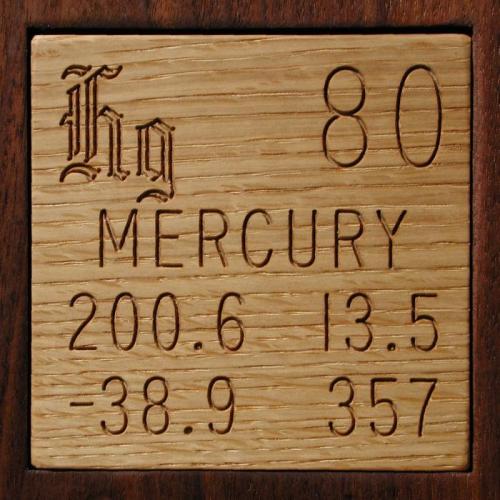  Compact fluorescent bulb. Compact fluorescent bulb.
Compact fluorescent bulbs save huge amounts of electricity. They are several times more efficient than old tungsten filament incandescent bulbs, and if everyone switched to using them it would cut out a significant fraction of all electricity usage. (And the light is nicer too, I think. After using daylight spectrum compact fluorescent bulbs for several years now I find tungsten light to be depressing and dingy: It makes everything look old, yellowed, and depressing.)
But there is one thing that worries people: Virtually all compact fluorescent bulbs contain a small amount of mercury. In principle this means that they should not be thrown out with household trash but rather taken to special recycling points. In reality few people know this, or act on it if they do.
Is the amount of mercury released into the environment from these bulbs a significant problem? Well, here's a calculation I'd like to see done: If the electricity comes from coal, which also contains mercury, does the reduction in electric use, and therefore coal-generated mercury, equal the amount of mercury in the bulb? My guess is probably not, the bulb has more mercury, but on the other hand the coal-generated mercury is released in vapor form into the air we breath, while the bulb mercury generally ends up buried where it does less harm.
Combined with all the other benefits of reduced electricity usage, it's hard to argue against compact fluorescent bulbs on environmental grounds. However, if one breaks in your house, there is something to be said for cleaning it up carefully, and in way that doesn't spread dust (i.e. with a wet paper towel, not a vacuum cleaner).
Source: Hardware Store
Contributor: Theodore Gray
Acquired: 8 March, 2008
Text Updated: 8 March, 2008
Price: $2
Size: 5"
Purity: <0.1%
|
| 
|
|